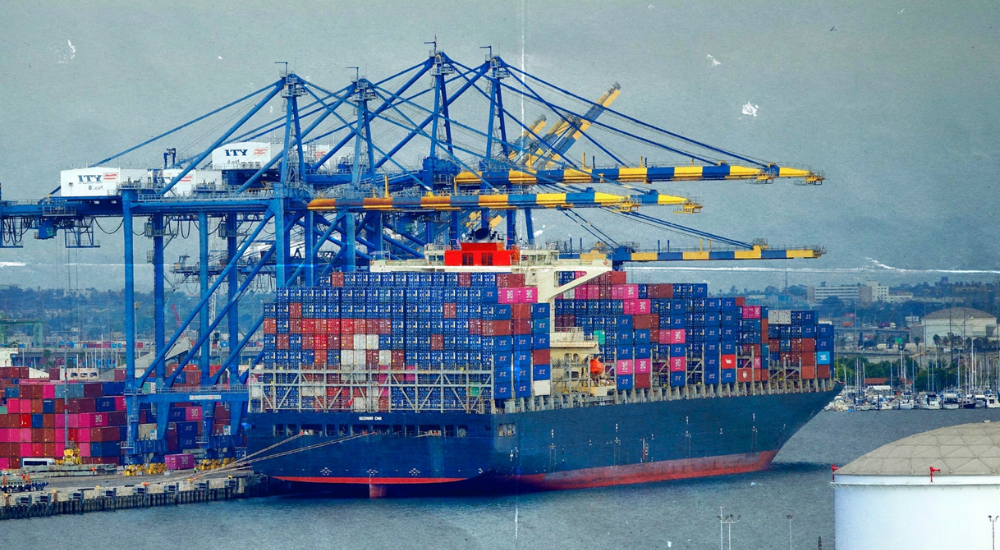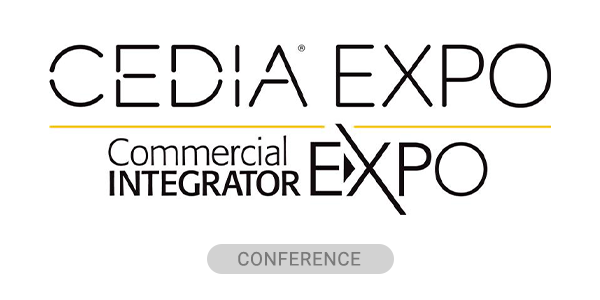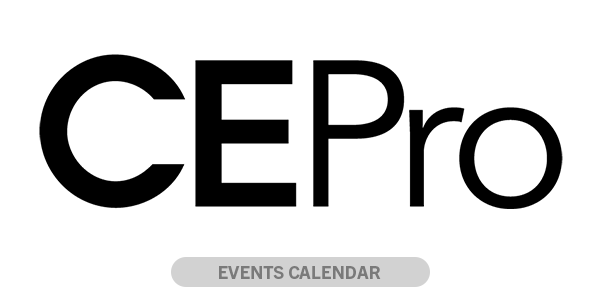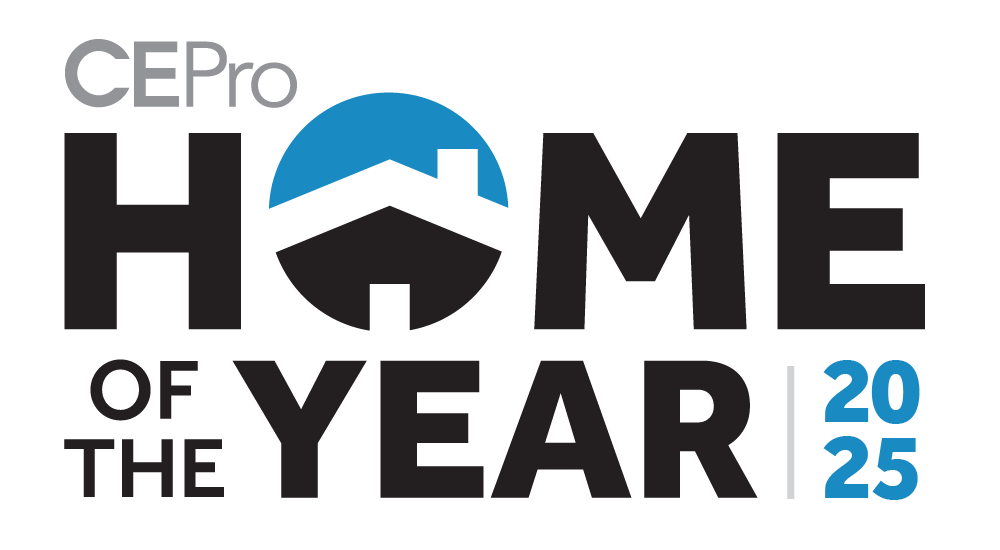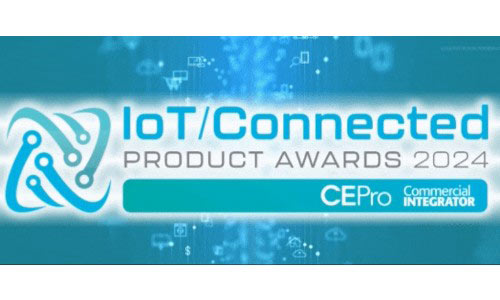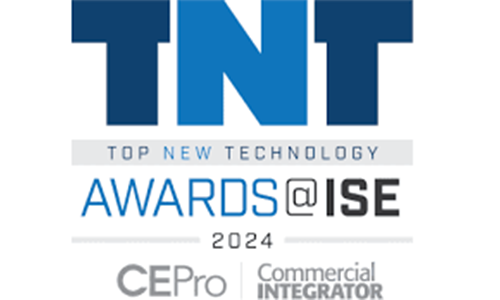This article regarding the current impact of tariffs on custom integration and the AV supply chain was originally published on Kordz’s website and has been authorized to be reposted here with minor edits made to remove any potential bias or favorability in coverage.
If you’ve been in the AV industry for a while, you’ve likely noticed how global trade news keeps creeping into your day-to-day work. Tariffs, supply chain disruptions, price hikes – they sound like big-picture issues, but the reality is they land squarely on your projects, your margins, and sometimes your reputation.
Back in 2021, at the height of COVID-19 supply chain chaos, we explored how integrators could stay resilient in the face of material shortages and shipping delays. Fast forward to 2025, and here we are again, only this time the supply chain disruption is being driven by U.S. tariffs and trade policy.
This article unpacks what’s happening, why it matters, and most importantly what you as a professional systems integrator can do to keep delivering great work profitably, no matter where you are in the world.
Why Trade Actions Matter to Integrators
Since 2018, the United States has imposed additional tariffs on goods manufactured outside the US. For AV connectivity products like HDMI cables, speaker and control cables, networking cables, patch cords and connectors, that has meant significant cost increases at the point of entry into the US.
Here’s the knock-on effect:
Inside the US
Distributors and brands try to absorb costs where they can, but ultimately, higher tariffs mean higher prices for integrators and end clients.
Outside the US
Since the US is the world’s largest economy, entire global supply chains shift in response to its trade policies. That means manufacturers have moved – and will continue to move – their production to countries where less duties apply, which actually ultimately creates risks of higher costs, along with stock shortages and quality inconsistencies.
For integrators everywhere, that translates into an environment of price instability, unpredictable lead times, and a stronger temptation to “buy cheaper” – even if that means sacrificing reliability.
A Quick Primer: What Are Tariffs and How Do They Work?
At their core, tariffs are taxes on imported goods. When a shipment enters a country, customs officials classify it using something called a Harmonised System (HS) code and apply a duty rate depending on this classification, as well as where it was made.
The executive branch of the US government has several tools for adjusting tariffs:
- Section 232: tariff actions to protect national security. In 2018, these powers were used to protect steel and aluminum; in 2025, the steel and aluminum duties were increased and the powers were used again to protect copper and its derivatives.
- Section 301: tariff actions aimed at addressing unfair trade practices, most notably, imports from China starting in 2018.
- IEEPA (International Emergency Economic Powers Act): a more recent tool used for reciprocal tariffs against trading partners, with some targeted at issues like Fentanyl.
For integrators, the important part isn’t remembering the section numbers – it’s knowing that these overlapping measures add up to double-digit import on-costs on many common AV products.
How Tariffs Are Affecting the AV Supply Chain Now
Here’s a simplified summary of the tariff picture for AV connectivity gear (as of late 2025):
- Cables (terminated and unterminated): up to 55% in tariffs on products from China
- Connectors and sockets: around 58% combined duties on Chinese goods
- Electronics (like extenders): lower, but still 27%+ in duties
- Patch panels: up to 55% in duties.
Even products made outside China are being hit with reciprocal tariffs of around 20%. Then with copper itself attracting the new Section 232 50% tariff, the cost pressures are widespread.
How We Got Here
For decades, integrators benefitted from a global supply chain that kept prices stable and products available. The US imported heavily, China manufactured efficiently, and everyone else slotted into that system.
That began to unravel in 2018 with the first wave of tariffs. Since then, the US has doubled down, signaling that tariffs are not a short-term tactic but an ongoing policy direction. To remain competitive, manufacturers have responded in three main ways:
- Shifted assembly to other countries like Vietnam or Mexico to reduce tariff exposure.
- Experimented with “trans-shipment” (moving goods to the US via third countries), which creates compliance risks.
- Moved production to the US, which eliminated tariff risks but raised manufacturing costs dramatically.
Each option comes with trade-offs: higher costs, longer shipping times, or quality concerns.
The Global Ripple Effect
Even if you’re not buying or installing in the US, these policies affect you. Here’s how:
- Less predictability: the constant back-and-forth of new tariffs makes planning difficult for manufacturers and suppliers, which filters down to distributors and integrators everywhere.
- Higher manufacturing costs: moving factories out of China means losing efficiency. Supply chains in Vietnam, the Philippines or Mexico are less mature, and inputs often still need to be shipped there from China. That adds complexity and potentially other costs.
- Supply chain risks: as brands reconfigure their supply chains in the face of tariffs, there’s greater risk of certification delays, quality issues, or simply not having enough product available.
What This Means for Integrators
The impact shows up in three key areas:
- Higher prices: expect cost increases and sudden price changes with less room to negotiate
- Lower quality: some brands may try to maintain margins by quietly reducing quality instead of raising prices, or distributors may stock cheaper brands to maintain competitive pricing.
- Out of stocks: lead times may stretch and product availability may become less reliable, especially if manufacturers prioritise the US market.
As an integrator, the challenge is protecting your profitability and your reputation when these external forces are outside your control – and we want you to know how to overcome them.
Practical Tips to Stay Ahead
Here are five practical strategies to help you navigate the turbulence:
- Stock up on essentials. Hold a buffer of high-use items so you’re not caught short by sudden price hikes or shortages.
- Prioritise quality over price. Cutting corners on connectivity products may save a few dollars today but risks callbacks, reputational damage and lost trust tomorrow. Educate your clients that you choose quality brands that last, which only benefits them in the long run.
- Stay informed. Keep in touch with your distributors about upcoming changes. Price lists may need to be checked more often than before. Buy up before price increases take effect.
- Build buffer into proposals. Factor in the potential for price shifts when quoting projects. It’s better to prepare clients for small changes upfront than eat unexpected costs or come in over budget later.
- Choose partners who plan ahead. Work with brands that are transparent about their supply chain and have a long-term strategy for tariffs and future trade policy, not just a short-term patch.
Conclusion
Trade wars and tariffs can feel like distant, political issues – but for systems integrators, they’re part of today’s business reality. The good news is, with the right supply partners and smart strategies, you can navigate these shifts without compromising your quality or profitability.
The big takeaway: focus on reliability, build resilience into your planning, and choose suppliers who treat these challenges as opportunities to prove their worth.
That way, you can keep doing what you do best: delivering exceptional AV projects that run smoothly, look great, and keep your clients coming back.
